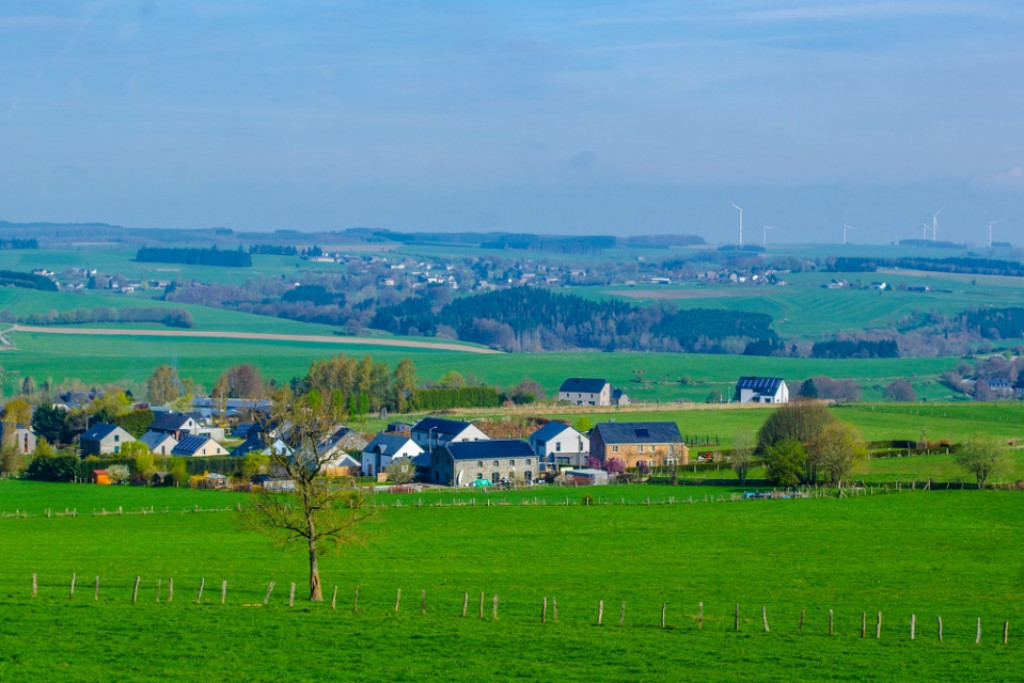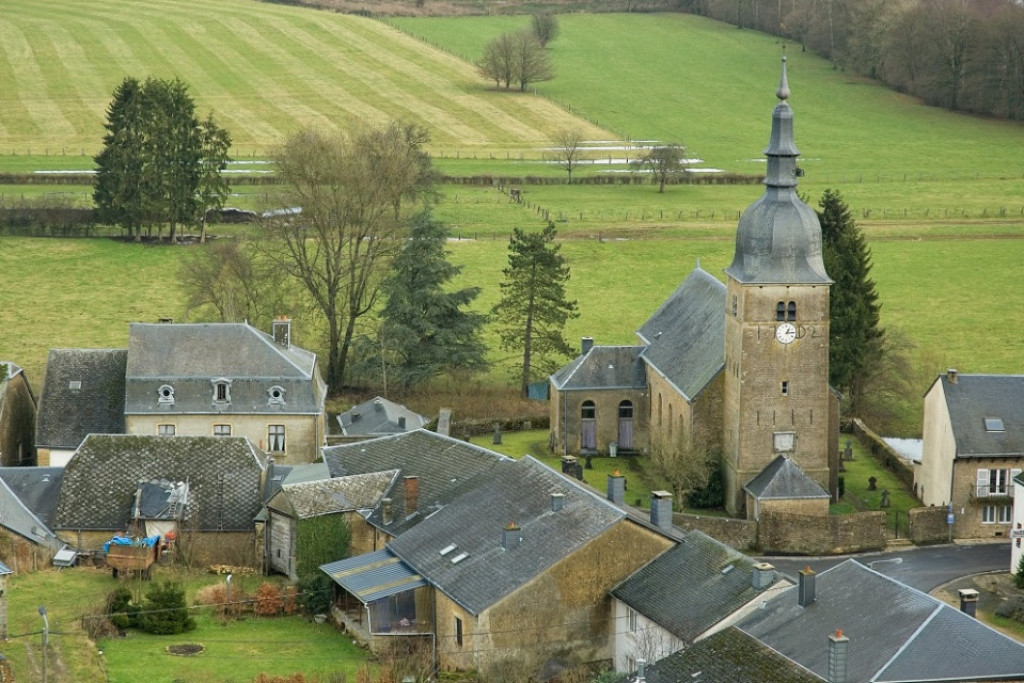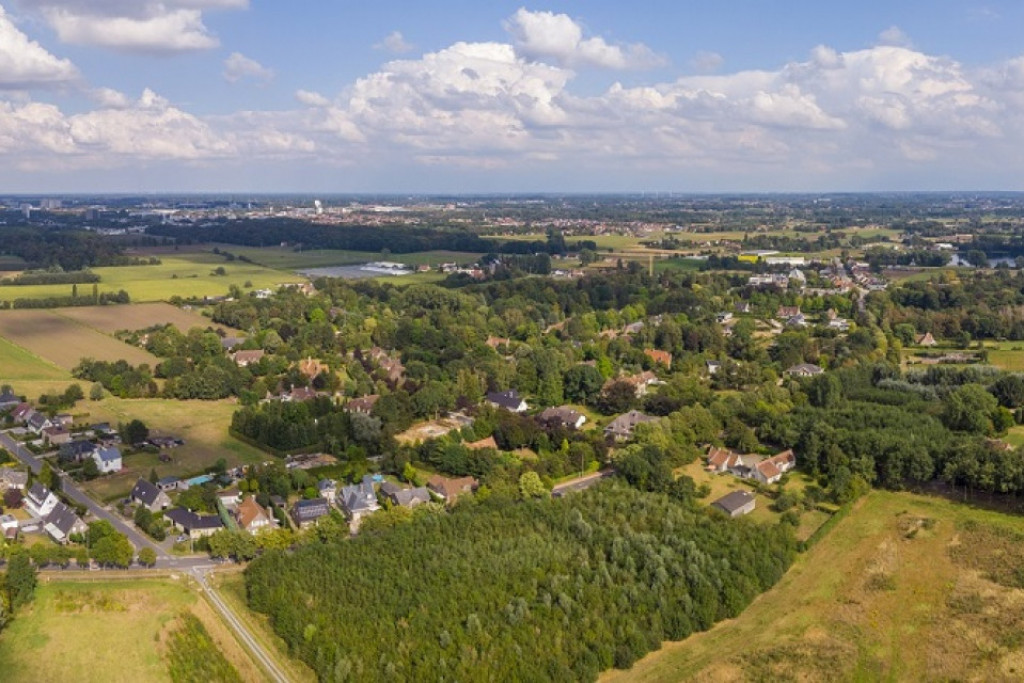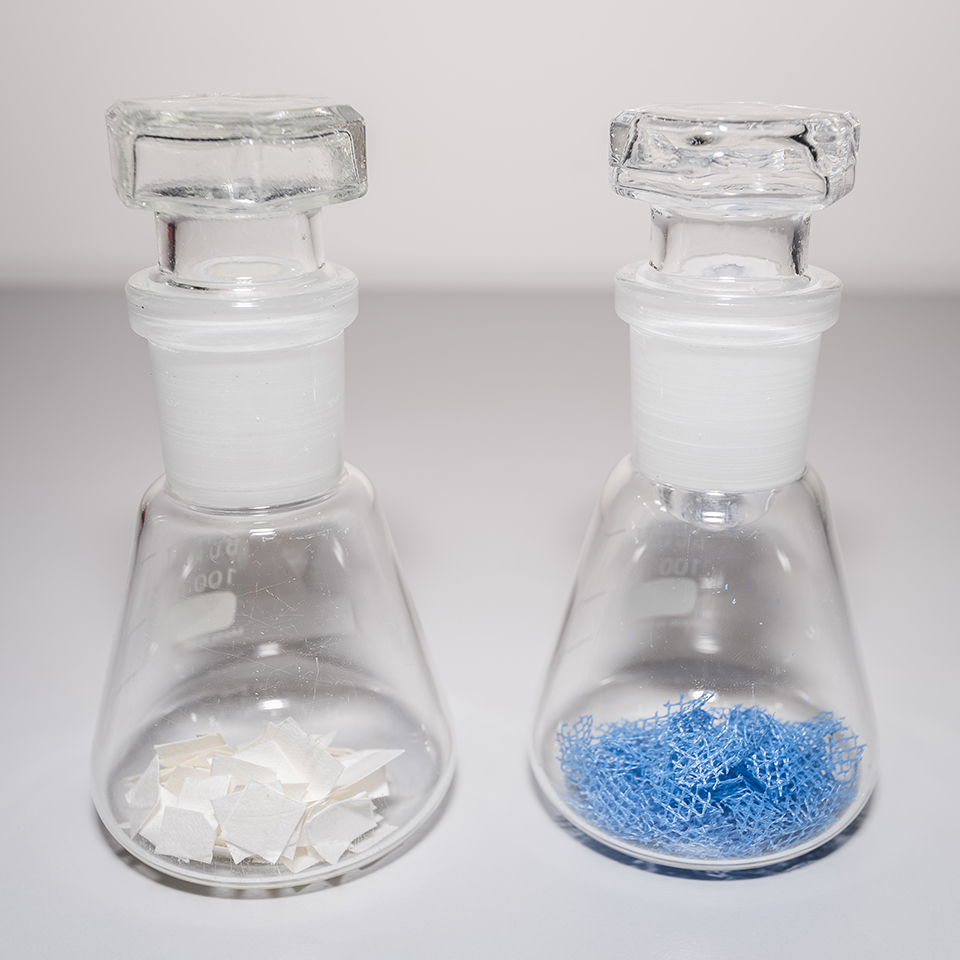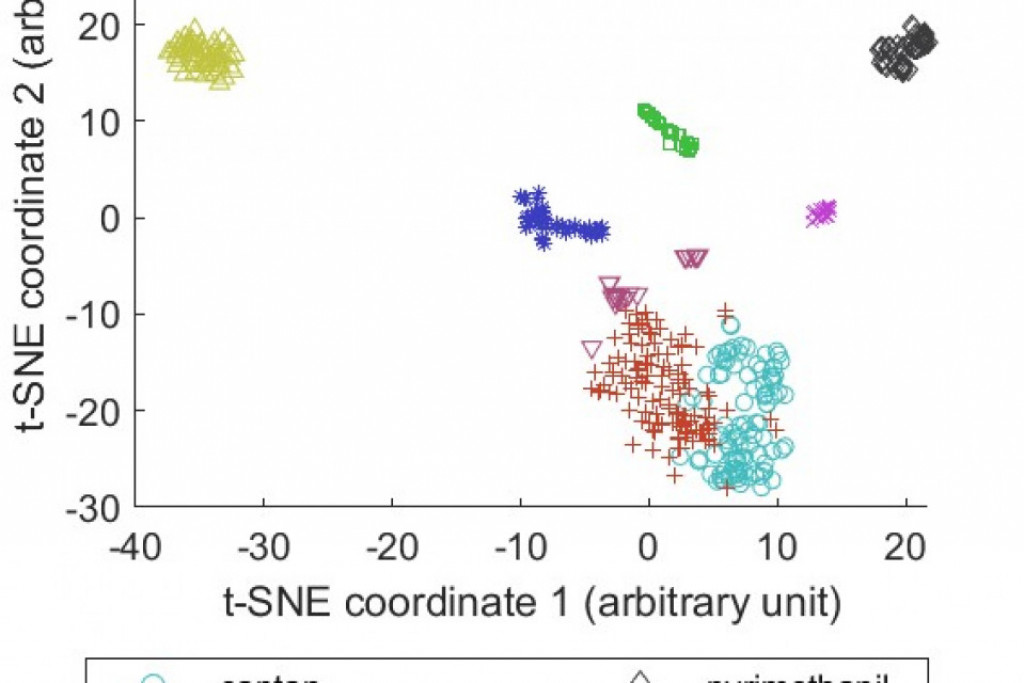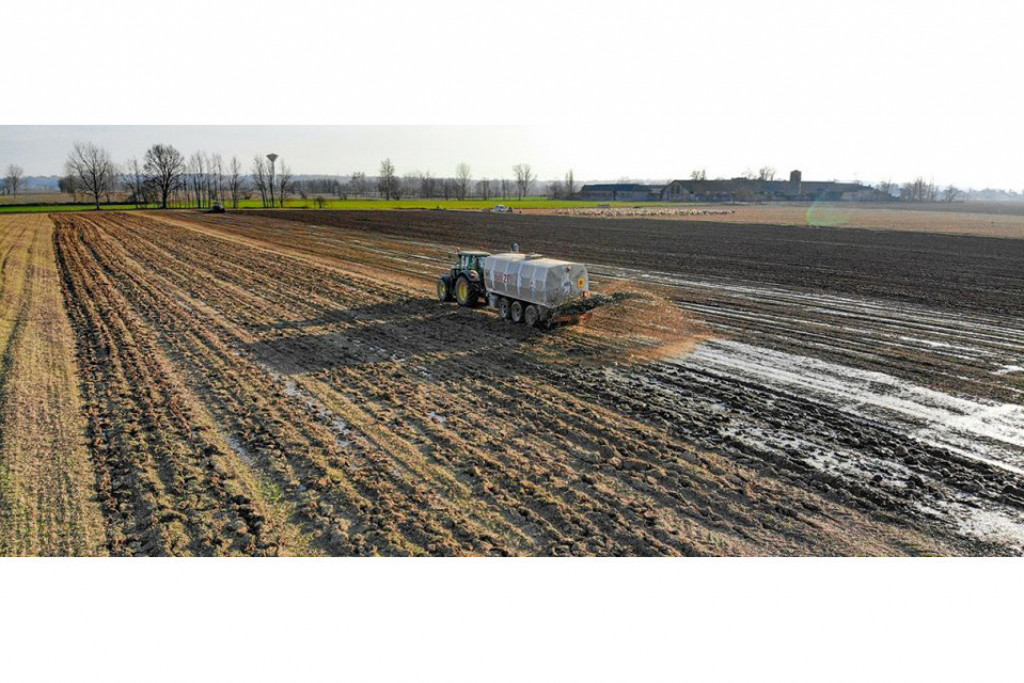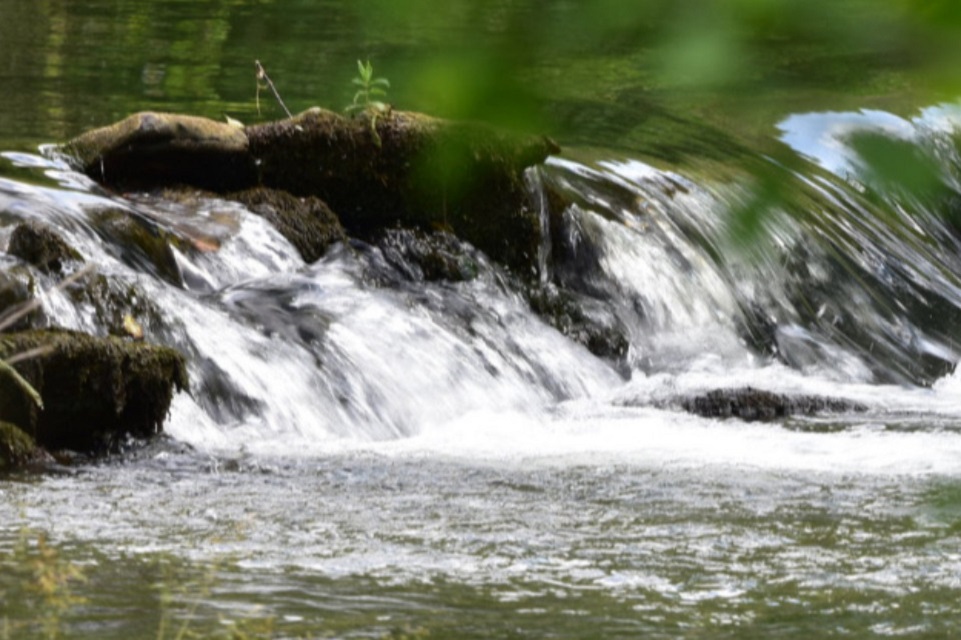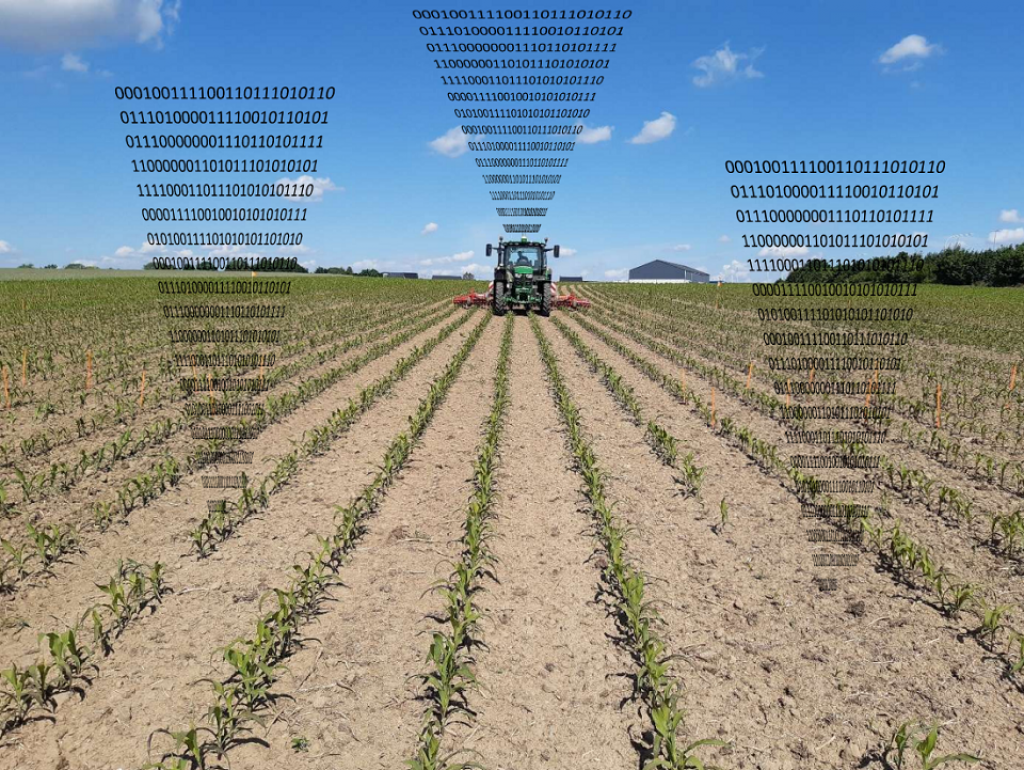Context
In Europe, Directive 2009/128/EC requires Member States to develop action plans to reduce the risks and impacts of pesticide use on human health and the environment.
Despite these directives and the good practices demonstrated by users of plant protection products (PPP), the dispersion of pesticides in the environment is still poorly controlled. PPPs can therefore be omnipresent in our living environments, causing risks to human health and biodiversity.
At present, environmental pesticide monitoring networks exist for surface water, groundwater and mains water supply, as well as for food, but there is no monitoring for air and soil. These existing networks focus mainly on the analysis of so-called "old" pesticides (many of which are now banned), although regular updates of the lists of substances to be monitored can be used to take into account many more recent and still-approved active substances (AS).
Although some active substances have been banned because of their potential impact on health and ecosystems, some AS approved in Belgium and not monitored by existing networks are on the list of substances suspected of being carcinogenic, reprotoxic or toxic to specific organs after repeated exposure in humans. In addition, these AS can also have acute and chronic toxic effects on aquatic and/or terrestrial organisms.
It is therefore essential to monitor these AS in the environment, so that they can be better characterised and to prevent risks to people and biodiversity.
Objectives
This monitoring proposal aims to set up two monitoring networks for PPPs in air and soil and collect the data needed for a better assessment of the pesticide-related risks in the environment. This will not only improve the prevention of PPP contamination, but also complement the risk assessments carried out using data obtained from the existing networks. These two new networks will also make it possible to assess the effectiveness of the measures to reduce the use of PPPs taken under the Walloon Pesticide Reduction Plan (PWRP).
Description of tasks
Assessment of monitoring data in Belgium and benchmarking of PPP monitoring abroad:
- Use all available data (e.g. CORDER reports, phytoweb, EU pesticides) to review the active substances authorised and used in agriculture in Wallonia,
- Prioritise the PPPs to be monitored based on physical-chemical, (eco)toxicological, sales, use, etc. criteria, in order to define a list of PPPs of interest to be monitored.
- Review existing monitoring networks in the Walloon Region, Belgium and abroad (PPPs analysed, analytical techniques used, sampling protocols, etc.).
Preliminary and prospective screening of PPPs:
Pesticide contamination of the environment will be assessed on a preliminary basis using a screening exercise, carried out with CRA-W, in the 4 agricultural super-regions of Wallonia (Habran et al., 2022), in order to obtain an overall view of PPP contamination of ambient air and soil, over a one-year period.
This will involve non-targeted analyses of ambient air and soil samples to determine the PPPs found and possibly their concentrations.
The results of the non-targeted analyses will be compared with the list of PPPs of interest (step 1- prioritisation), and a reassessment of the PPPs to be monitored will be considered and discussed if necessary, as will the analytical methods to be optimised (or developed if necessary).
Optimisation of analytical methodologies:
This step will be carried out with the aim of reducing the long-term analytical cost (network sustainability).
The aim will be to identify PPPs of interest for which no analytical methodologies have been developed, based on the assessment carried out (step 1) and the preliminary screening (step 2).
Analytical optimisation options to achieve quantification limits relevant to the study will be discussed and tested.
This analysis and optimisation of analytical methods can be carried out throughout the project, as required. These analytical adaptations will be based on the experience and skills of the project team (ISSeP and CRA-W) and data from the scientific literature.
Operational organisation of the monitoring program for PPPs in air and soil:
All the information obtained in the previous stages will be used to develop an operational pesticide monitoring program that is as relevant as possible for air and soil matrices (number of samples to be analysed per matrix, number of specimen sites, specimen frequency, etc.).
Ongoing monitoring of the operation of the monitoring networks for PPPs in air and soil, analysis of results and drafting of an annual report:
This will involve setting up the devices and protocols defined in step 4 for the air and soil networks and monitoring the proper operation of the various stages of the network (specimen schedule, sample analysis, analysis of results and report writing).
Regular updating of the air and soil databases created with the new results.
Adjustments to the networks will be made if necessary, and will mainly concern the sites studied, the sampling frequency, the number of samples analysed and the list of PPPs to be monitored.
An annual report will be drawn up to present the results obtained in each of the two matrices during the previous year's monitoring.
Expected results
- Setting up of an observatory to monitor soil contamination by PPPs
- Setting up of an observatory to monitor ambient air contamination by PPPs
Contribution of the CRA-W
The results obtained will then be interpreted and disseminated in association with the other partners involved.
Main partners
Eric Gismondi, Caroline Thiry, ISSeP, Rue du Chéra, 200; B-4000 Liège

